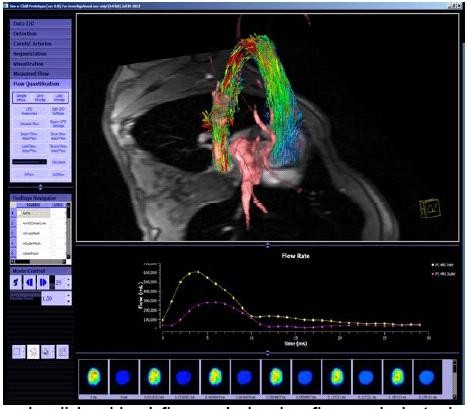Treatment options for aortic coarctation include surgical approaches, transcatheter balloon angioplasty with or without stent placement. Stent therapy results in significant angiographic improvement and gradient reduction with a low rate of acute procedure-related adverse events and no mortality. Long-term outcomes seem to be comparable or superior to the surgical approach (Holzer R. et al, Cath and Card Int, 2010, 76:553-563). Nevertheless, aortic wall complications such as aortic aneurysms and/or dissection may develop, despite successful outcome of the aortic arch repair, either percutaneous or surgical. The impact of stent on blood patterns in different segments and morphologies of the aortic arch, and precisely in the progression of the dilatation of the ascending aorta, is still being debated. Understanding how the stent placement could change the blood pattern could be useful in identifying precociously patients with high-risk aortic wall complications and then improve timing of interventions.

